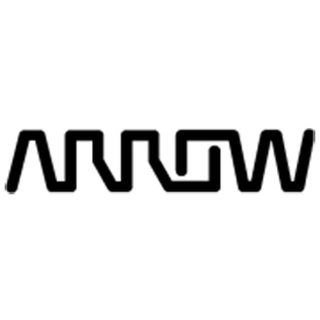A primer on industrial connectivity protocols
Industrial networks are sophisticated webs made up of thousands of aggregated end nodes that work under harsh operating environments and have stringent connectivity and communication requirements. Industrial networks use a range of dedicated protocols for specific purposes and environments.
With advancements in technology, the broader adoption of the Industrial Internet of Things (IIoT) means that industrial connectivity is seeing a considerable evolution with new mechanisms for connectivity revolving around wireless and Ethernet-based protocols.
This article explores the primary elements and protocols used in industrial installations and considers the emerging trends driving the evolution of connectivity as industries move into new realities…







Kommentaarid (0)